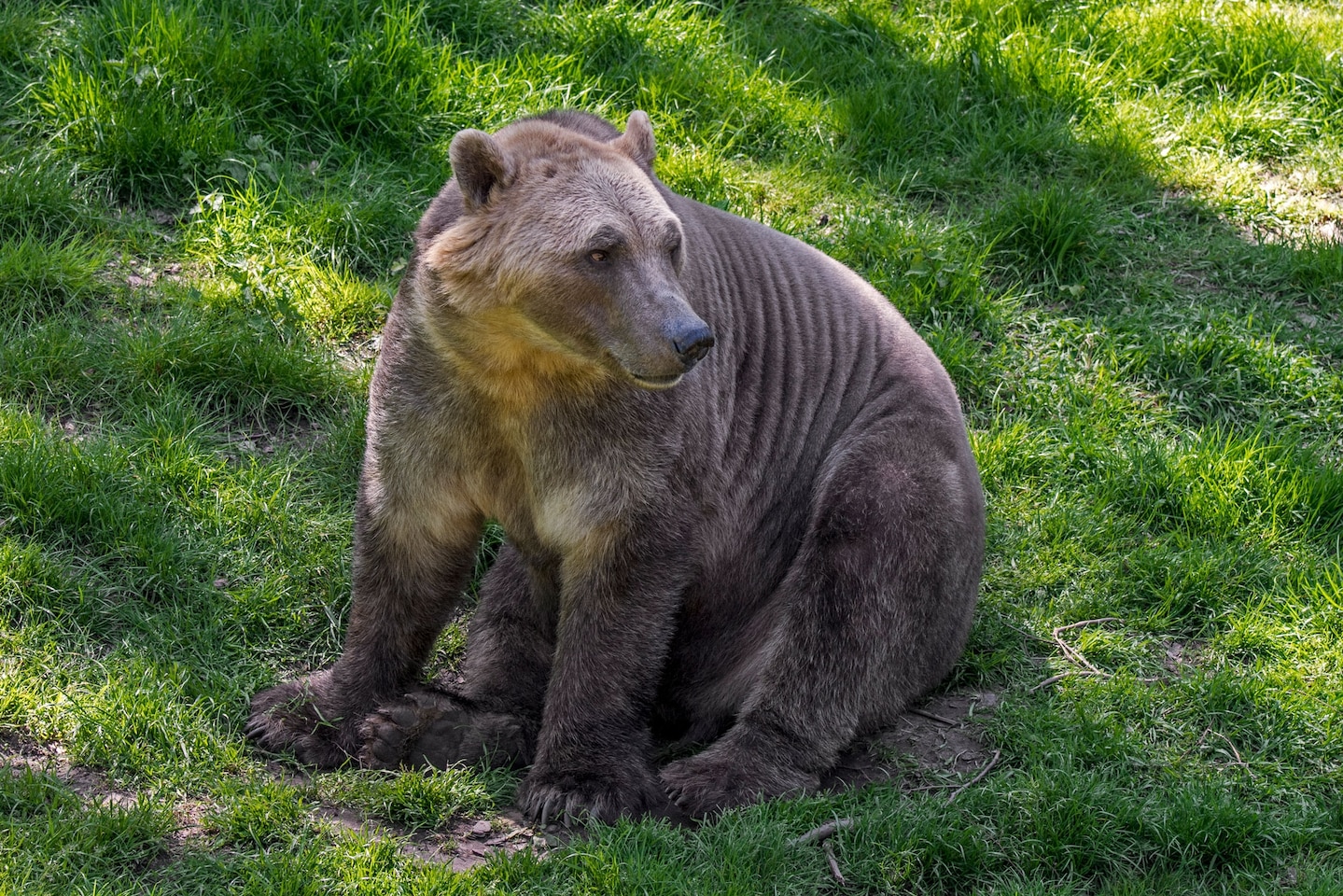
PHOTOGRAPH BY PHILIPPE CLEMENT, ARTERRA, UNIVERSAL IMAGES GROUP, GETTY
As children, it was fun to imagine how animals could be combined. And we knew it was possible — a mule is the offspring of a male donkey and a female horse. But animal “hybrids” are actually more common than you might think.
In nature, animals can breed with difference species populations and different subspecies, and occasionally with a different species entirely. A male lion and a female tiger can produce a ligers, as referenced in the 2004 film Napoleon Dynamite, Go the other way, a female lion and a male tiger, and you have a less-well-known tigon. Of course, this happening in the wild is very unlikely because lions and tigers rarely come into contact with each other, but it is possible.
Perhaps more likely are zorses, from zebras and horses. Take to the sea, and there have been at least 20 reports of various species of dolphins and whales producing hybrids. For example, narwhals sometimes mate with belugas to produce narlugas.
Looking beyond mammals, there are documented cases of hybridization between timber rattlesnakes and western diamondback rattlesnakes, Cuban and American crocodiles, and cutthroat trout and rainbow trout. Even insects such as ants, bees,and termites can combine in unique ways. Plants also hybridize, and are thought to do so at higher rates than animals.
And dare I mention us? We all carry genes from ancient hominins like Neanderthals and Denisovans.
So if your imagination used to run wild as a child, you may have been onto something without realizing it. Isn’t nature fascinating?
For more detail, see “Ligers, Zorses, and Pizzlies: How Animals Hybrids Happen” by Jason Bittel at https://www.nationalgeographic.com/animals/article/ligers-zorses-pizzlies-how-animal-hybrids-happen.
